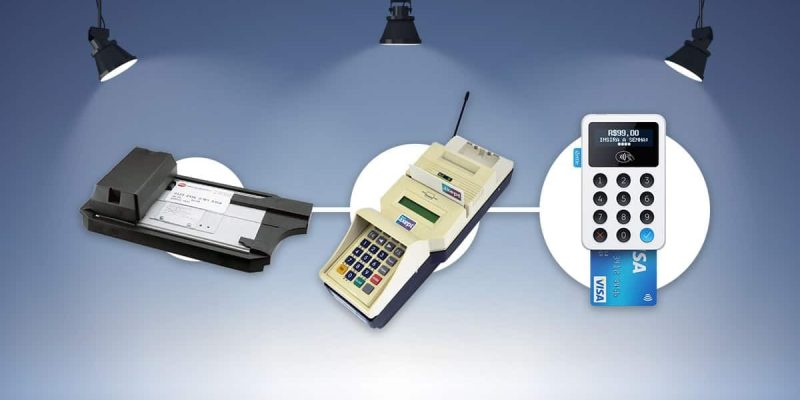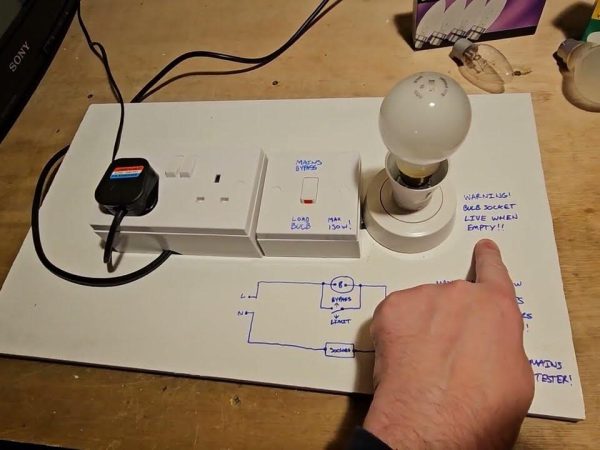Credit Card Machines: What They Are, How They Work, and Best Models in 2025

Whether you’re running a coffee shop, retail store, or mobile business, accepting card payments is essential. That’s where credit card machines come in. These devices let you process debit and credit card transactions securely and quickly.
In this guide, you’ll learn:
- What a credit card machine is
- How it works
- Types of machines available
- Key features to look for
- The best credit card terminals for 2025
- Pricing, setup tips, and frequently asked questions
What Is a Credit Card Machine?
A credit card machine, also known as a POS terminal or payment terminal, is a device used by businesses to accept credit and debit card payments from customers.
It can process:
- EMV chip cards
- Magnetic stripe cards
- Contactless payments (NFC) like Apple Pay or Google Pay
- Mobile wallets and QR codes (on smart terminals)
Most machines connect to the internet via Wi-Fi, Ethernet, or cellular networks to authorize and settle transactions in real-time.
How Do Credit Card Machines Work?
- Customers insert, tap, or swipe their card.
- The machine sends payment information to the processor.
- The processor contacts the cardholder’s bank for approval.
- If approved, the machine prints or displays a receipt.
- Funds are deposited to the business’s bank account, usually within 1–2 days.
Types of Credit Card Machines
Countertop Terminals
- Plugged into a power source and network
- Ideal for retail stores and restaurants
- Example: Verifone VX520, Ingenico Desk/5000
Mobile Card Readers
- Connect to smartphones or tablets via Bluetooth
- Best for food trucks, freelancers, and on-the-go businesses
- Example: Square Reader, PayPal Zettle
Smart Terminals
- All-in-one Android-based machines with touchscreen and apps
- Support contactless, EMV, loyalty, inventory, and analytics
- Example: Square Terminal, Clover Flex, Toast Go
Integrated POS Systems
- Combine hardware and software with cash drawers, barcode scanners, printers
- Ideal for large or multi-location businesses
- Example: Clover Station, Lightspeed POS, Toast POS
Top Credit Card Machines for Small Businesses (2025)
| Device | Best For | Price Range | Features |
| Square Terminal | Retail, cafes | $299 | Touchscreen, contactless, built-in receipt |
| Clover Flex | Restaurants, mobile | $499 | Inventory, loyalty, contactless, EMV, Wi-Fi |
| PayPal Zettle | Small/mobile sellers | $29 | Compact, connects via app, supports QR codes |
| Verifone T650p | High-volume retail | $450+ | Secure, PCI-compliant, accepts all payment types |
| Ingenico Desk/3500 | Brick-and-mortar | $250–$400 | EMV, swipe, contactless, receipt printer |
Many providers offer free or discounted terminals if you sign up for a merchant services plan.
Key Features to Look For in a Credit Card Machine
- EMV chip and contactless (NFC) support
- Wi-Fi and Bluetooth connectivity
- Receipt printing (built-in or external)
- Battery life (for mobile terminals)
- PCI compliance for security
- Customizable software and integration with POS apps
- Offline mode for taking payments without internet
How Much Do Credit Card Machines Cost?
Hardware Costs:
- Basic readers: $20–$50
- Countertop terminals: $200–$500
- Smart terminals: $300–$800
- Full POS systems: $1,000+
Processing Fees:
Most providers charge:
- 2.6% + $0.10 per swipe (Square, Clover, etc.)
- Custom rates for high-volume merchants
Monthly Fees (Optional):
- Free with basic plans
- $10–$50+/mo for advanced software, analytics, or loyalty programs
Where to Get a Credit Card Machine
Popular Providers:
- Square – Great for startups, free software, transparent pricing
- Clover by Fiserv – Best for growing businesses and retail
- Toast POS – Built for restaurants and food service
- Shopify POS – Ideal for online + in-person sellers
- PayPal iZettle – Trusted name, good for freelancers and microbusinesses
Many banks and merchant service providers also offer terminals as part of a business checking account or merchant account setup.
How to Set Up a Credit Card Machine
- Choose a payment processor (Square, Clover, Stripe, etc.)
- Order the hardware or download an app if using a mobile reader
- Connect to Wi-Fi or mobile network
- Link your business bank account
- Start accepting payments instantly or within 24 hours
Most modern devices are plug-and-play, with guided setup in minutes.
SEO Insights: Why “Credit Card Machines” Is a High-Intent Keyword
Searchers are actively looking to:
- Buy or compare terminals
- Set up payment processing for a business
- Learn how credit card terminals work
- Find the best machine for small business or mobile use
Related keywords:
- best credit card machine for small business
- credit card reader
- POS terminal for retail
- EMV terminal
- mobile card processing
Use these keywords in meta tags, H2s, alt text, and FAQs for improved search visibility.
Conclusion
Whether you’re opening a new storefront or expanding your mobile business, choosing the right credit card machine is key to delivering fast, secure, and seamless payments. From simple readers to smart terminals with advanced features, there’s a solution for every business size and type.
Focus on the features, fees, and ease of use—and choose a provider that grows with your business.
FAQs
1. What is the best credit card machine for a small business?
Square Terminal and Clover Flex are excellent choices for affordability, mobility, and ease of use.
2. Can I use a credit card machine without a merchant account?
Yes. Services like Square, PayPal Zettle, and Shopify POS don’t require traditional merchant accounts.
3. What’s the difference between a card reader and a credit card machine?
A card reader connects to a phone or tablet, while a credit card machine is a standalone device.
4. Are credit card machines safe to use?
Yes. Most modern machines are PCI DSS compliant and use encryption to protect customer data.
5. Do I need Wi-Fi to use a credit card machine?
Most machines require Wi-Fi or cellular data, but some offer offline mode and batch processing when connectivity is unavailable.
Also read: How to Work for Yourself: The Complete Guide to Starting Your Own Career Path











